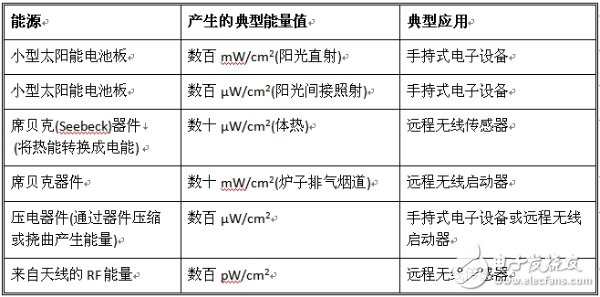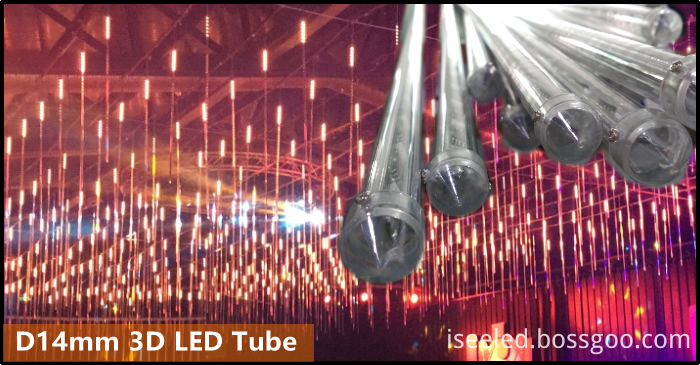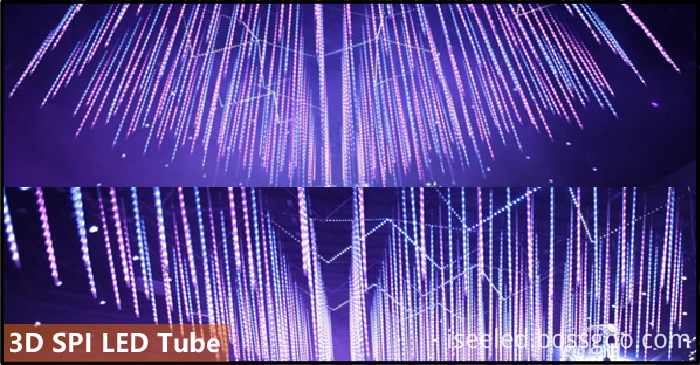There is a lot of environmental energy around us, and traditional energy harvesting methods have always used solar panels and wind turbines. However, the new collection tool allows us to generate electricity from a wide variety of environmental energy sources. In addition, what matters is not the energy conversion efficiency of the circuit, but the amount of "average collected" energy that can be used to power the circuit. For example, a thermoelectric generator converts heat into electrical energy, a piezoelectric component converts mechanical vibration, and a photovoltaic component converts sunlight (or any light source). This makes it possible to power remote sensors or to charge energy storage devices such as capacitors or thin film batteries so that the microprocessor or transmitter can be remotely powered without the need for a local power source.
A Wireless Sensor Node (WSN) is basically a stand-alone system consisting of transducers that convert environmental energy into electrical signals, followed by DC/DC converters and managers to pass the appropriate Voltage and current power the downstream electronics components. The downstream electronic components include microcontrollers, sensors, and transceivers.
One question to consider when implementing WSN is: How much power does it take to run this WSN? Conceptually, this seems to be a fairly simple question, but in reality, it is a somewhat difficult question to answer due to several factors. For example, how often do you need to take a reading? Or, more importantly, how big is the packet? How far does it take to transfer? This is because, to get a sensor reading, about 50% of the energy used by the system is consumed by the transceiver. There are several factors that affect the power consumption characteristics of the WSN energy harvesting system.
Of course, the amount of energy provided by the energy harvesting power depends on how long the power supply is working. Therefore, the primary measure of comparing energy harvesting power sources is power density, not energy density. The available power of an energy harvesting system is generally low, variable and unpredictable, so hybrid architectures connected to collectors and auxiliary power storage are often used. The collector (unlimited energy supply and insufficient power) is the energy source of the system. The auxiliary energy storage (battery or capacitor) produces more output power but stores less energy, supplies power when needed, and periodically receives charge from the collector. Therefore, in the absence of environmental energy from which energy can be collected, the auxiliary energy storage must be used to power the WSN. Of course, from a system designer's point of view, this adds further complexity because they must now consider how much energy must be stored in the auxiliary energy storage to compensate for the lack of environmental energy. How much energy needs to be stored depends on several factors, including:
(1) The time when environmental energy does not exist.
(2) WSN duty cycle (ie, the frequency of reading data and transmitting data).
(3) The size and type of auxiliary energy storage (capacitors, supercapacitors or batteries).
(4) Is environmental energy sufficient? That is, it can serve as both the main energy source and sufficient surplus energy to charge the auxiliary energy storage device to supply power to the system when the environmental energy source is unavailable for some specified time.
Environmental energy sources include light, thermal differentials, vibrating beams, transmitted RF signals, or any other energy source that can generate electrical charge through a transducer. Table 1 below illustrates the amount of energy that different energy sources can produce.
Table 1: Energy and the amount of energy it produces

Diameter 30mm SPI 3D Tube , it also called 3d light and 3D Led Light Tube, we have different length 0.5m 3D tube, 1m 3D tube, 1.5m 3D tube and 2m 3D tube, the SPI 3D Led Tube can use for led dancing light. SPI LED Tube Light is similar DMX 3D LED Tube , but the control ic is different.
Diameter 20mm SPI 3D Tube, it also called meteor lights and Led Video Light , we have different length 0.5meters 3D led tube, 1meter 3D led tube, 1.5meters 3D led tube and 2meters 3D led tube , the SPI 3D LED Tube can use for led dancing light. Spi Led Tube Light is similar DMX 3D LED Tube, but the control ic is different.
Photo show of SPI 3D Tube:


Spi 3D Led Tube Light,3D Led Dancing Light,3D Led Light Tube,Led Video Light
Shenzhen Iseeled Technology Co., Ltd. , https://www.iseeledlight.com